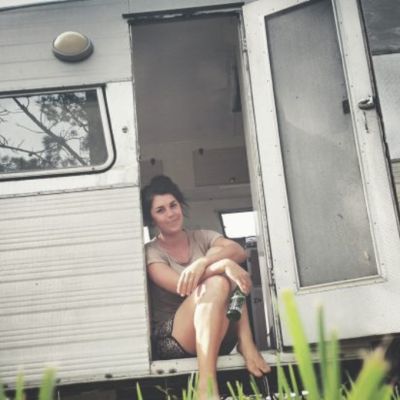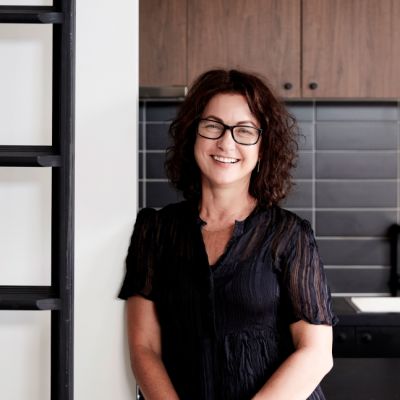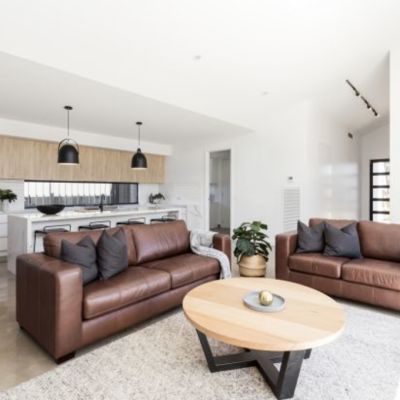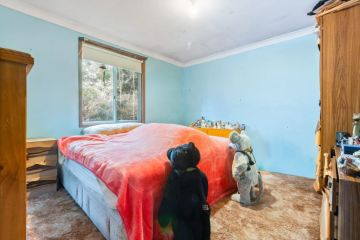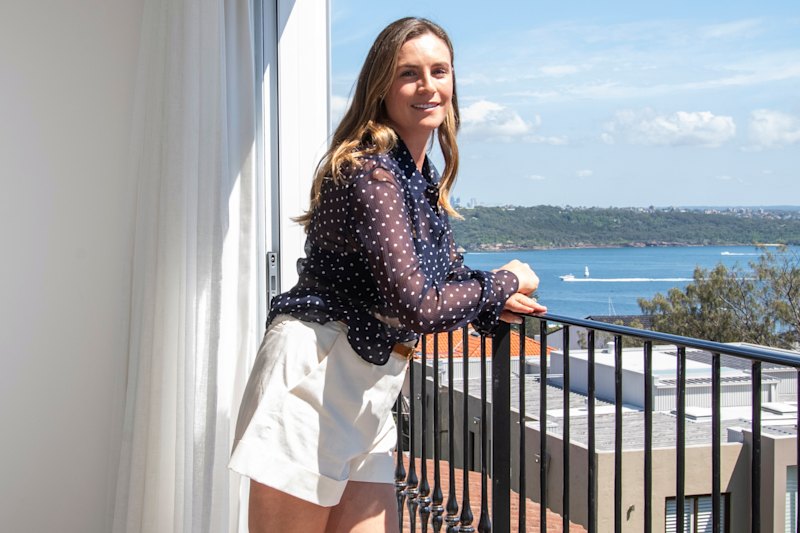Off the grid: Two tiny house startups where you can actually stay
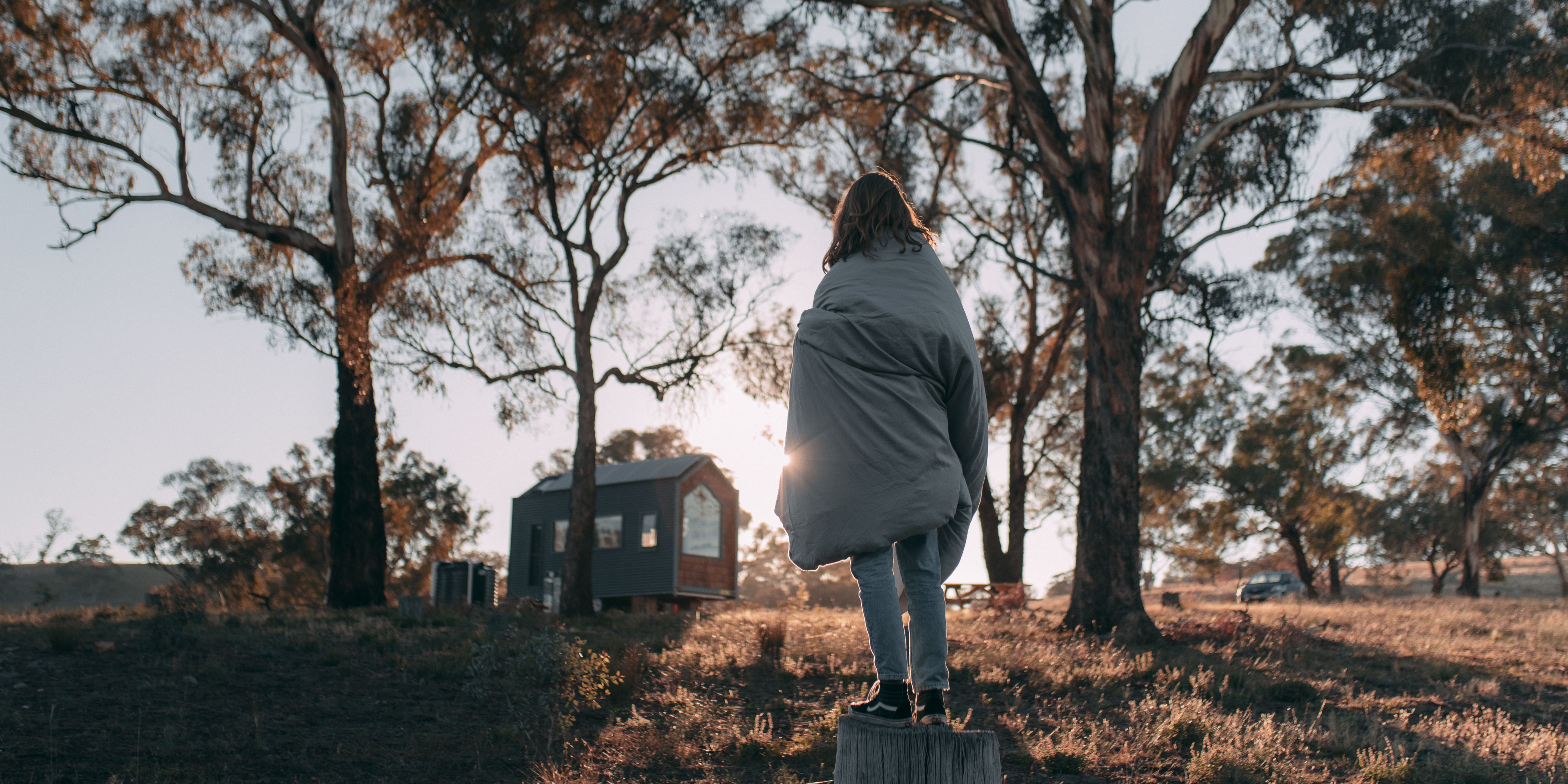
The ultimate luxury has long been considered a great big home, soaring ceilings, more rooms, more appliances, more adornments, more flourishes.
But there’s been a push, recently, towards the simpler things in life.
Recognising that a lot of noise and chaos is not conducive to a true sense of peace and harmony, the tiny house movement has grown and grown. Now, anyone can try out the tiny-home lifestyle in one of these startups located in the wilderness – with each home offering guests an opportunity to connect with their surroundings.
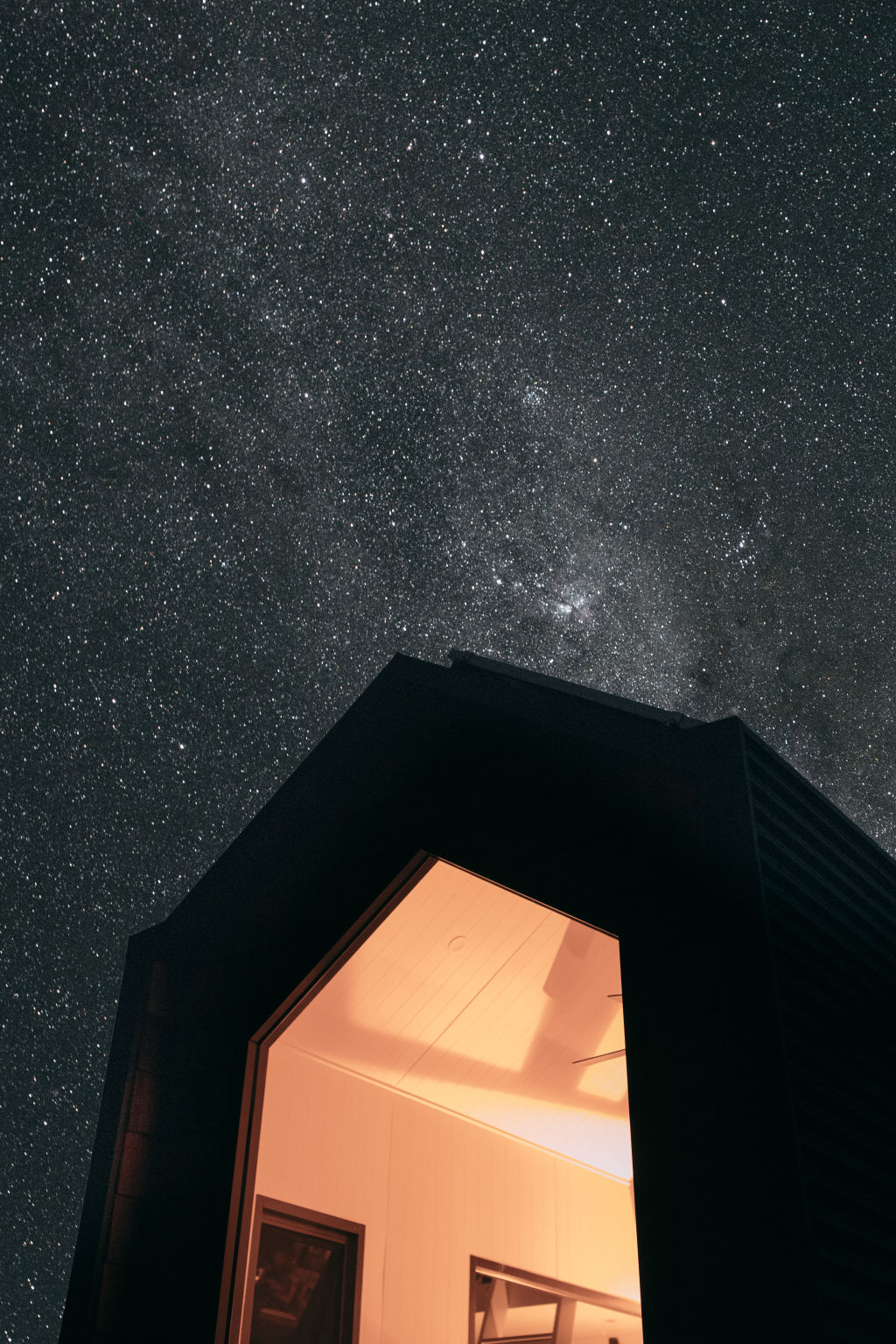
Kindled
With a goal of 30 tiny houses dotted around the east coast by the end of this year, Kindled is already offering little luxury escapes via their solar-powered, eco-luxe tiny houses.
“I felt there was a need for people to disconnect from technology and get back into nature,” says Jamie Hayman, who took on the role of designer and architect. Together with his fiancee, Sarah, his father and brother, Hayman has created luxurious, affordable living spaces in the wilderness.
“Finding a property that has a wow factor, and a landowner willing to work with us [and] can accommodate our standards of guest services, has been the most difficult process,” says Hayman.
Currently, Hayman and his team are rolling out three more houses around NSW in remote and beautiful locations. “We wanted to leave as little impact on the environment as possible, and our choice of materials and water, power systems was critical in providing an off-grid experience that’s comfortable but also sustainable.”
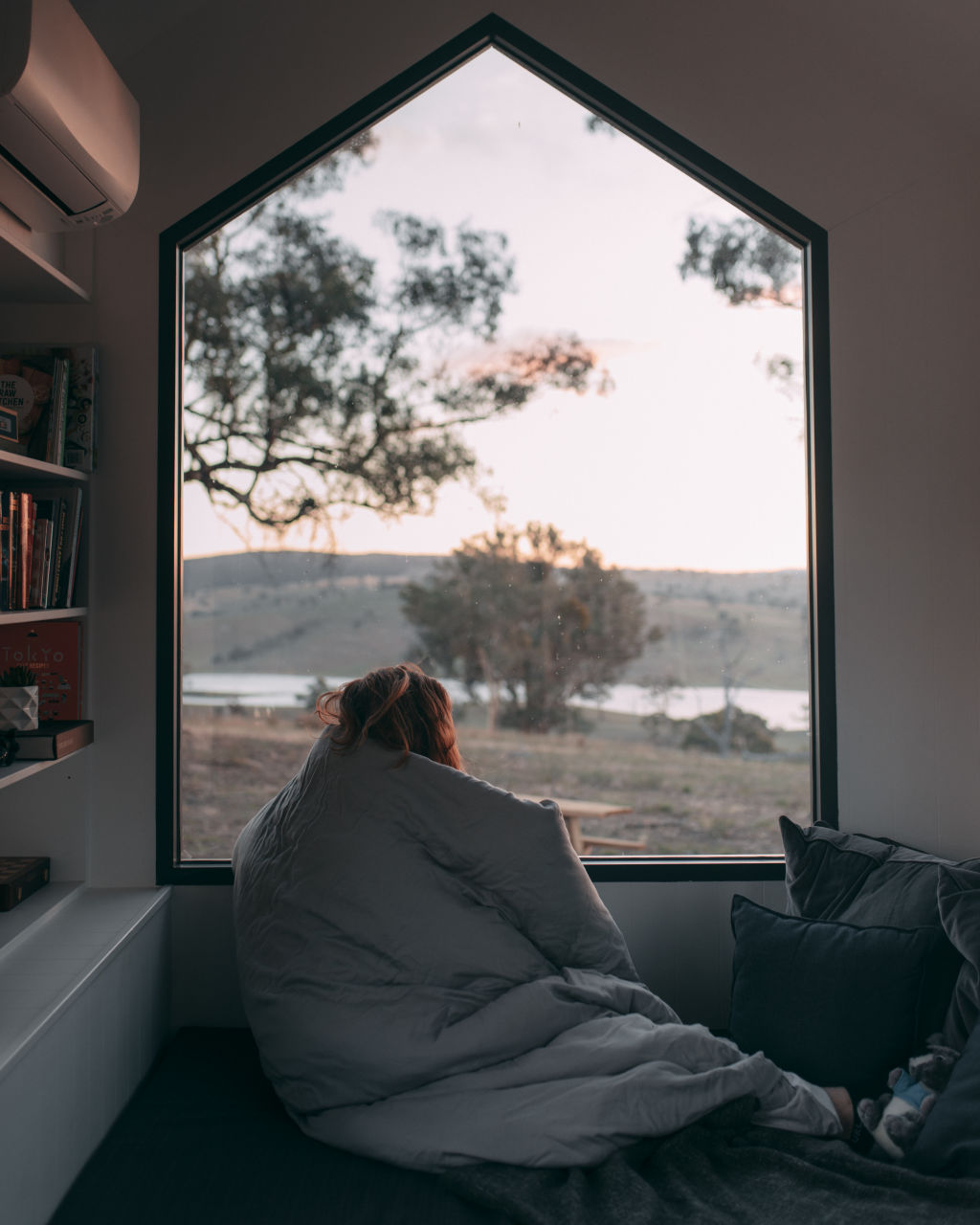
Hayman says most of the Kindled guests are couples looking for short escapes, typically two nights. “Our current house fits four people in two beds for a maximum of seven nights,” he says. “We have a lot of families and on occasion, solo travellers too.”
The flagship Kindled house is designed to frame the outdoor location it is nestled in. Oh, and there’s no WiFi.
“We have an emergency mobile and remote monitoring for our use so that if you’re in trouble, we’re always there to help. Our concept is, literally, to arrive, do nothing and relax – whether that’s reading a book, drinking some wine or playing board games, there’s no reason to look at the clock here.”
Unyoked
Unyoked operates on a similar model, offering tiny houses in remote, natural locations far from noise, neighbours and a WiFi connection.
Founders Chris and Cam Grant began Unyoked, driven by their shared passion for hiking and camping. They cleverly recognised that setting up tents and giving up the convenience and comfort of beds, floors and walls wouldn’t appeal to everyone.
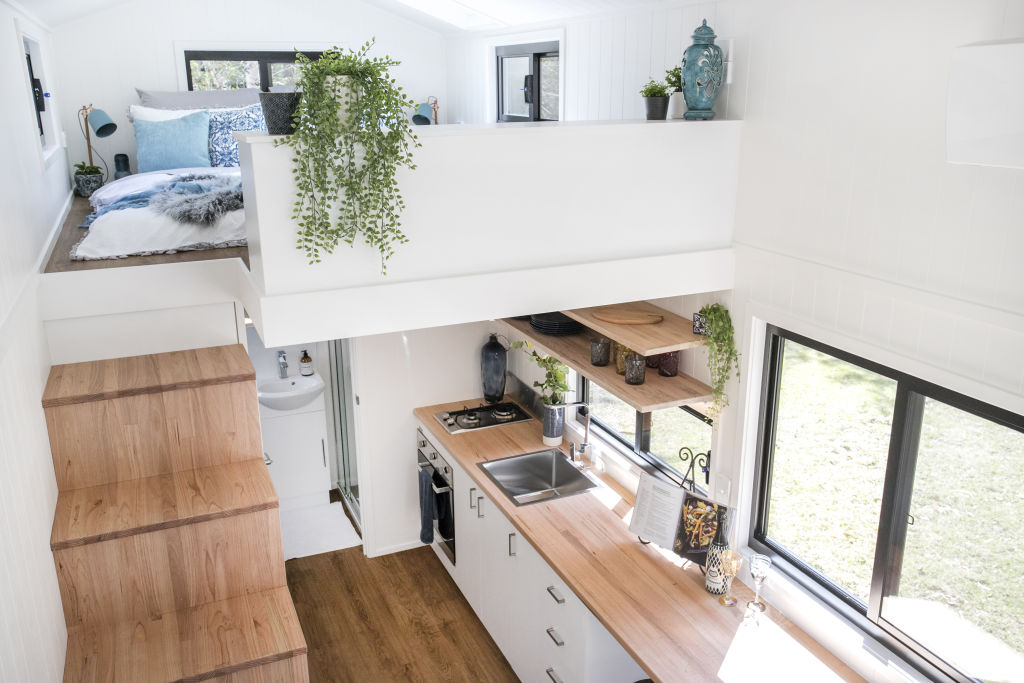
Unyoked partners with landowners to set up their tiny houses, which are then made available to guests. There are three houses each in Melbourne and Sydney, and each one sleeps two people and has a fridge, stove, hot water shower and toilet. They are located within a 1.5 to two-hour drive of each city centre.
Anticipating that many guests won’t want to arrive at their luxury accommodation only to spend the whole time cooking and cleaning, guests can book a food package. In partnership with Sarah Glover, the recipes and ingredients required to make pancakes with maple syrup and banana, lasagna, pear campfire cake and Sriracha popcorn are all delivered on-site.
Designer Eco Homes
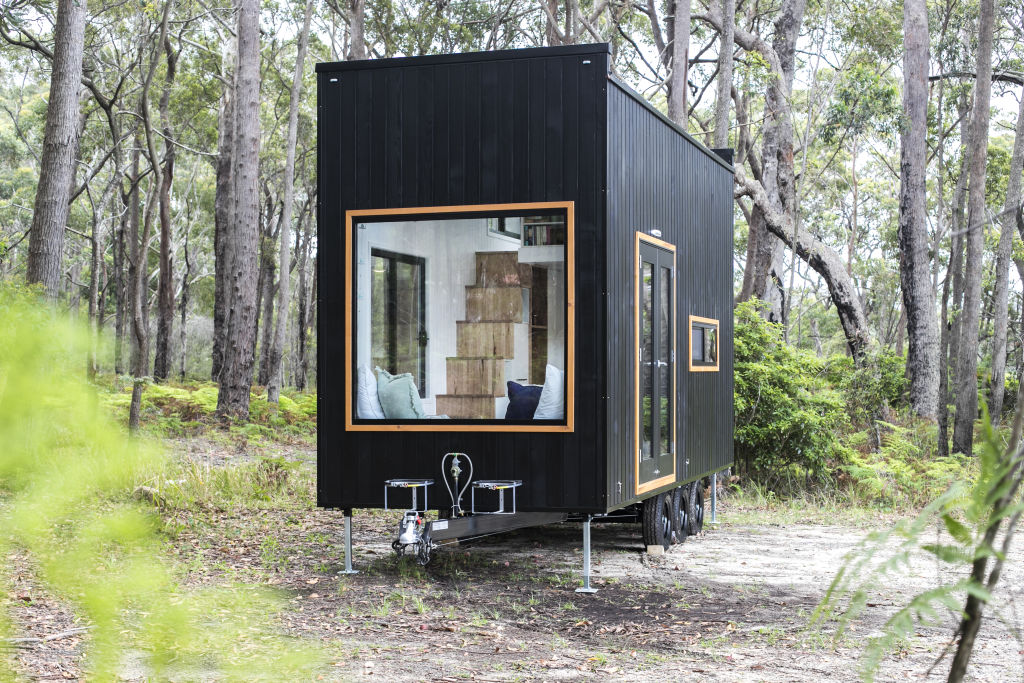
So you’ve stayed at a tiny house and decided you want one for yourself? Then Grant Emans, director of Designer Eco Tiny Homes, is the person to talk to.
Emans builds and designs tiny homes for unique client needs, some with a single room, some designed for families and others more like luxury houses. The business also makes tiny homes for the homeless, and last year they gave one to Maroubra Salvation Army for this purpose. Three more are also headed to different parts of NSW for the same purpose.
“We started in 2010,” says Emans. “We offered design and construction of environmentally sustainable tiny homes based on the tiny house movement in the USA. They’re energy efficient, eco-friendly and affordable. With modern transportation, I can offer these housing solutions for the whole of Australia – and beyond.”
Their houses have double-glazed windows, are insulated with non-toxic “Earthwool” to avoid reliance on artificial heating and cooling. The houses use solar power for lighting, 12-volt fridges, gas cooktops and gas ovens. The houses can be disconnected from any mains power source to run entirely on solar, off-grid.
We recommend
States
Capital Cities
Capital Cities - Rentals
Popular Areas
Allhomes
More
